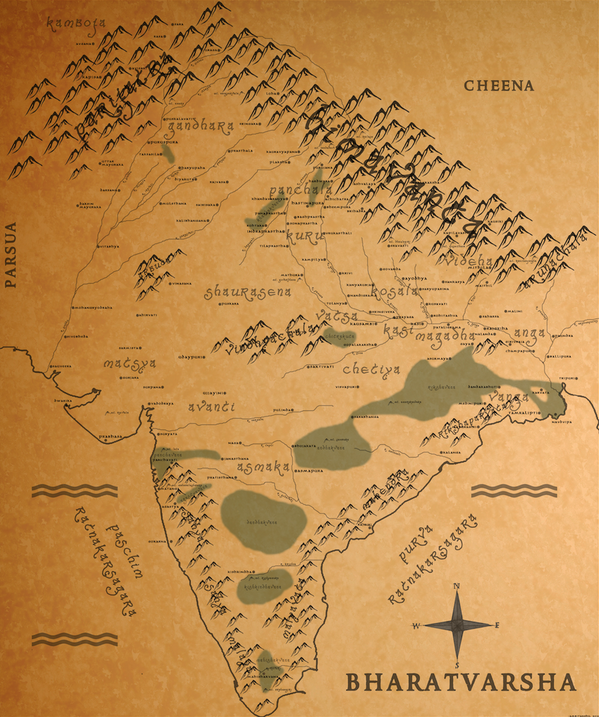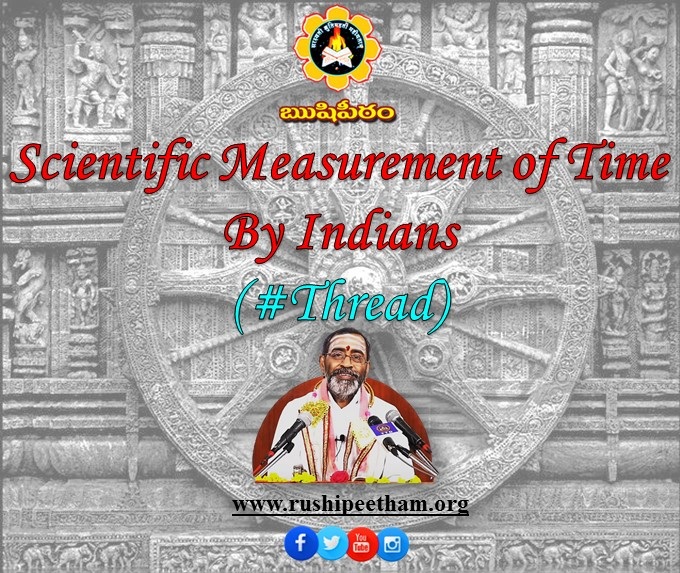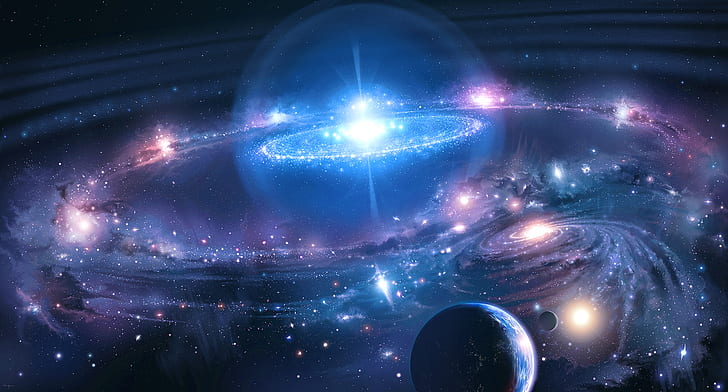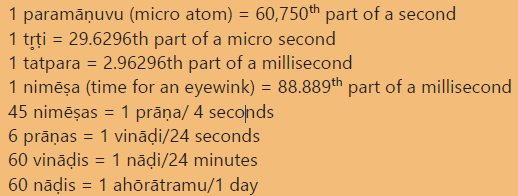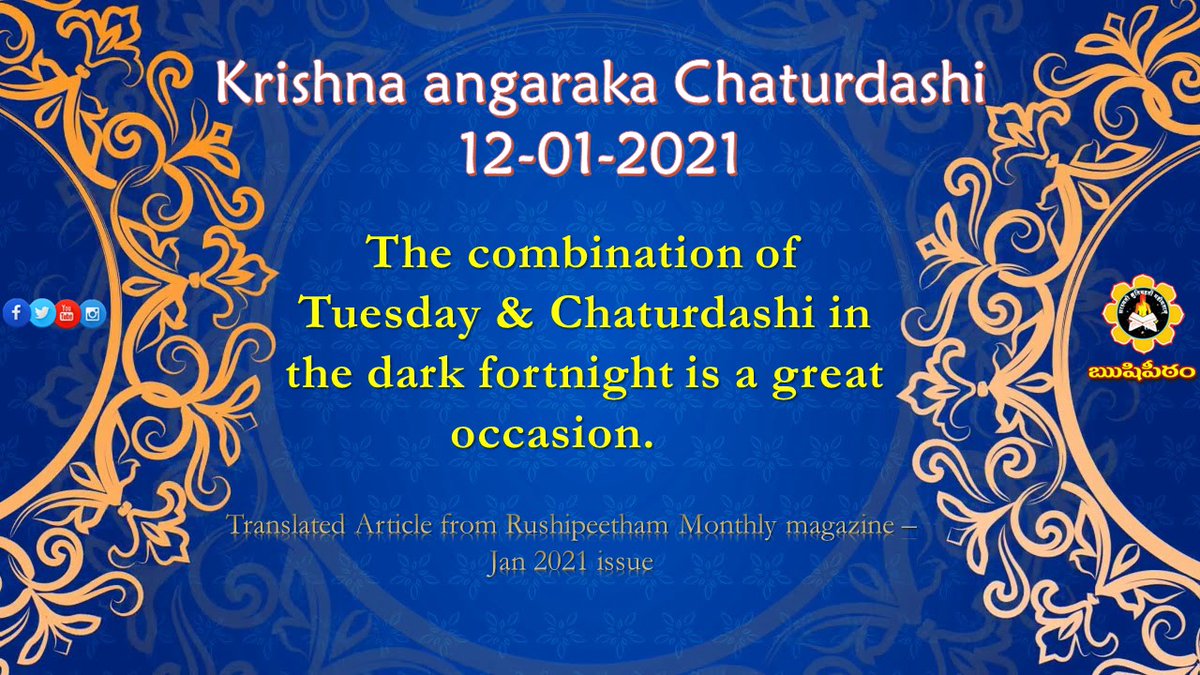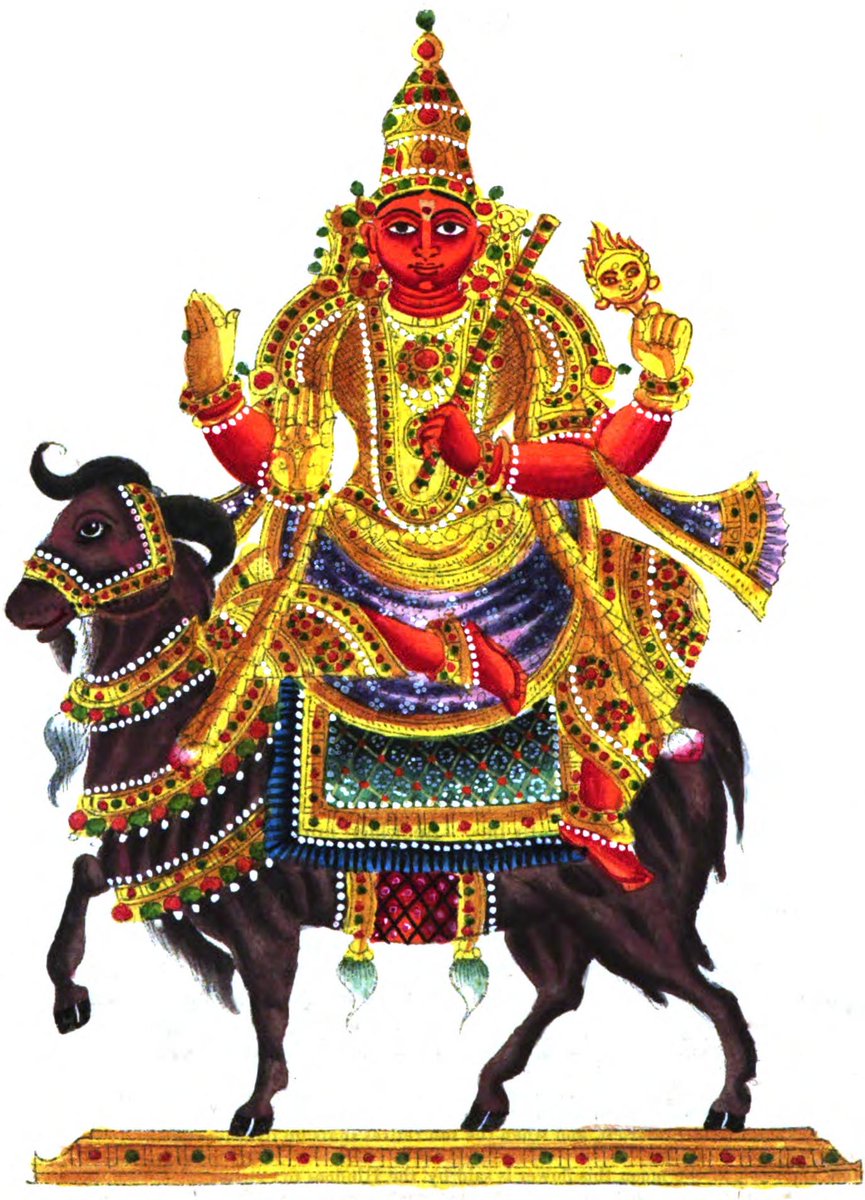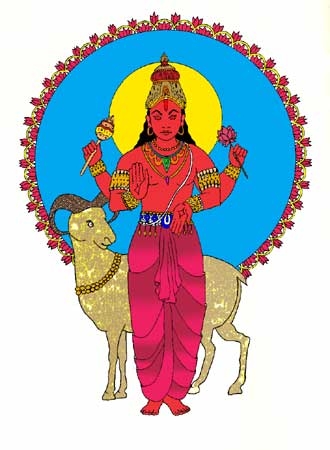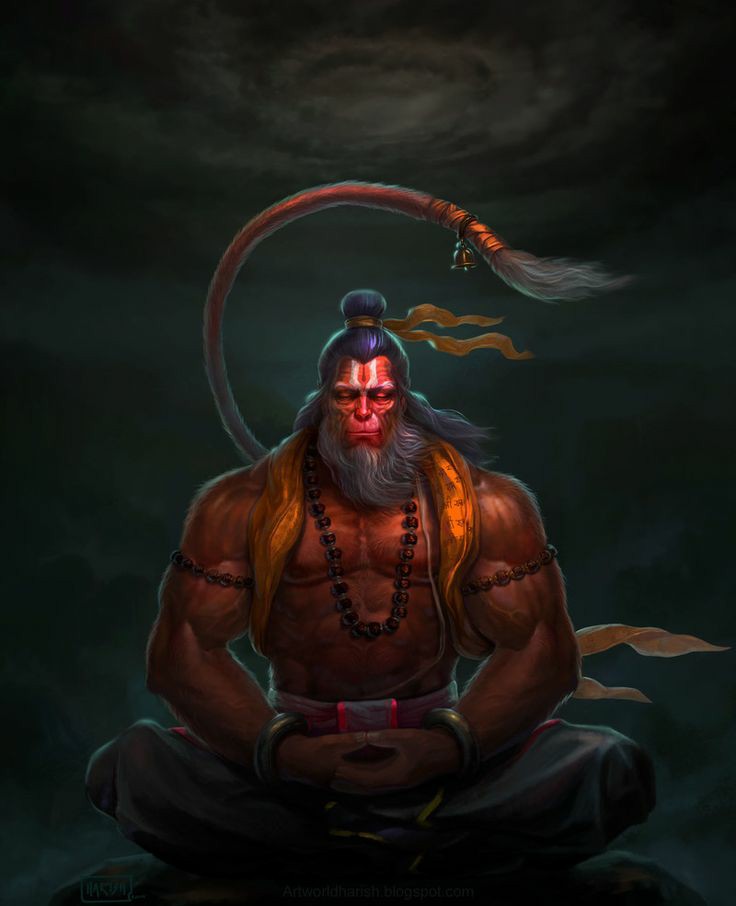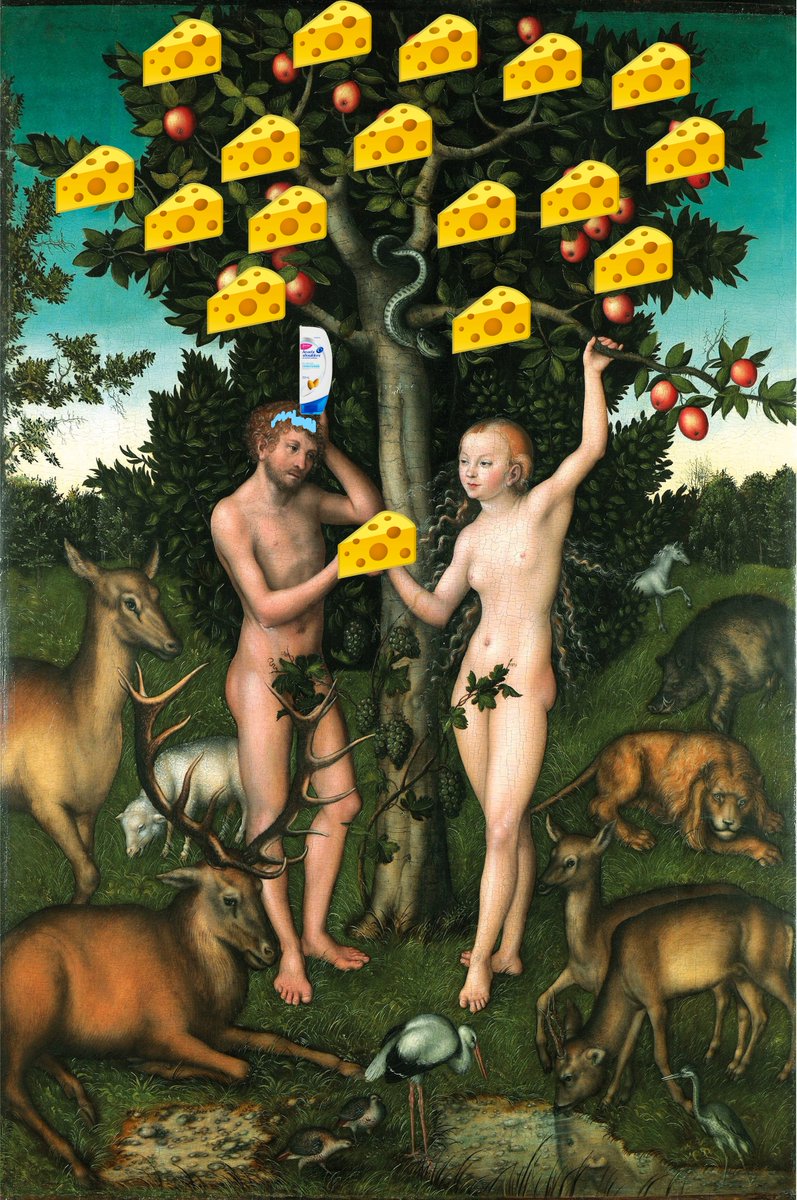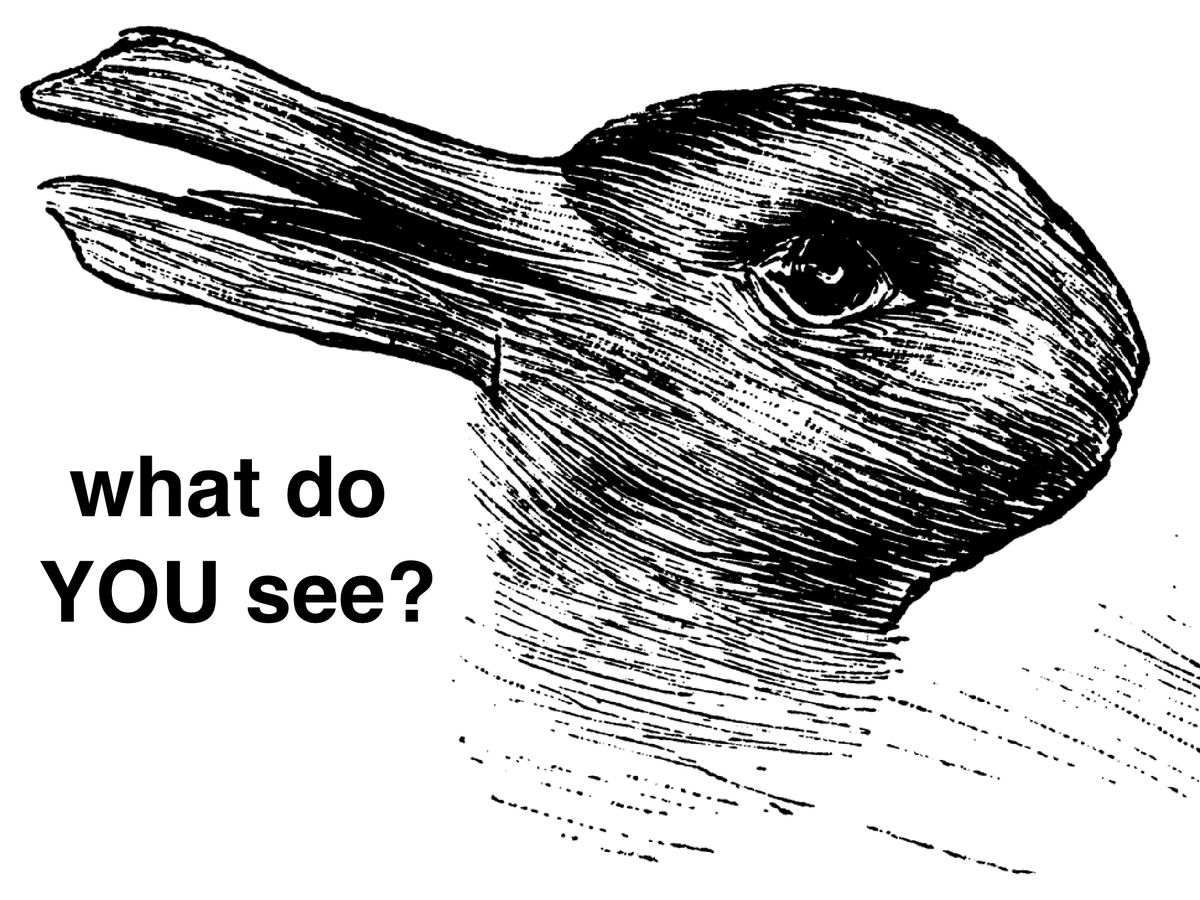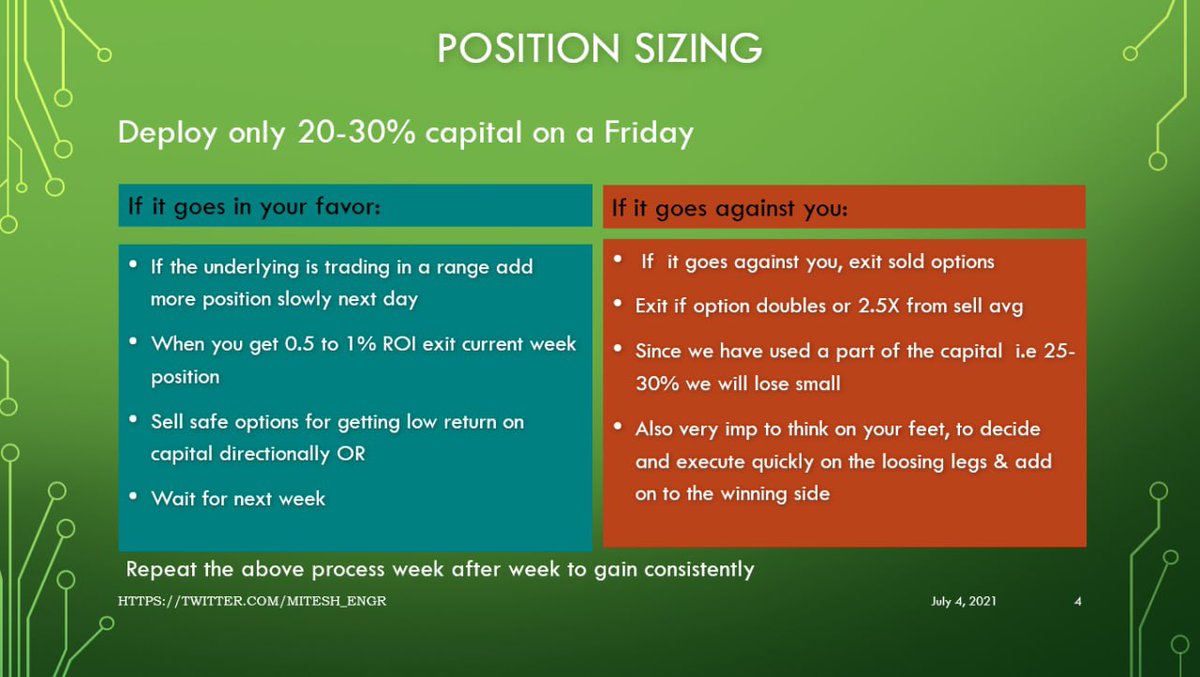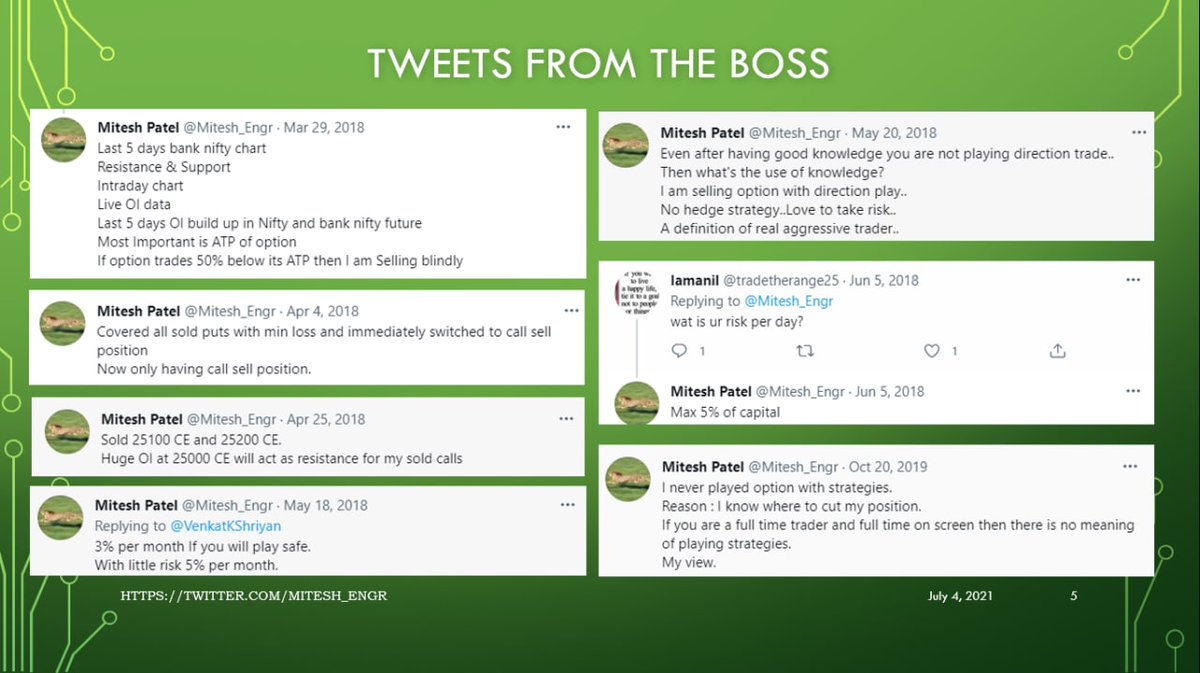Guru as Trinity - #Thread
This sloka is taught to all of us in early childhood. This is very popular sloka. This sloka can be recited in front of any Guru. The widely prevalent meaning of this sloka is to
worship Guru as the form of Trinity & hence Parabrahma.
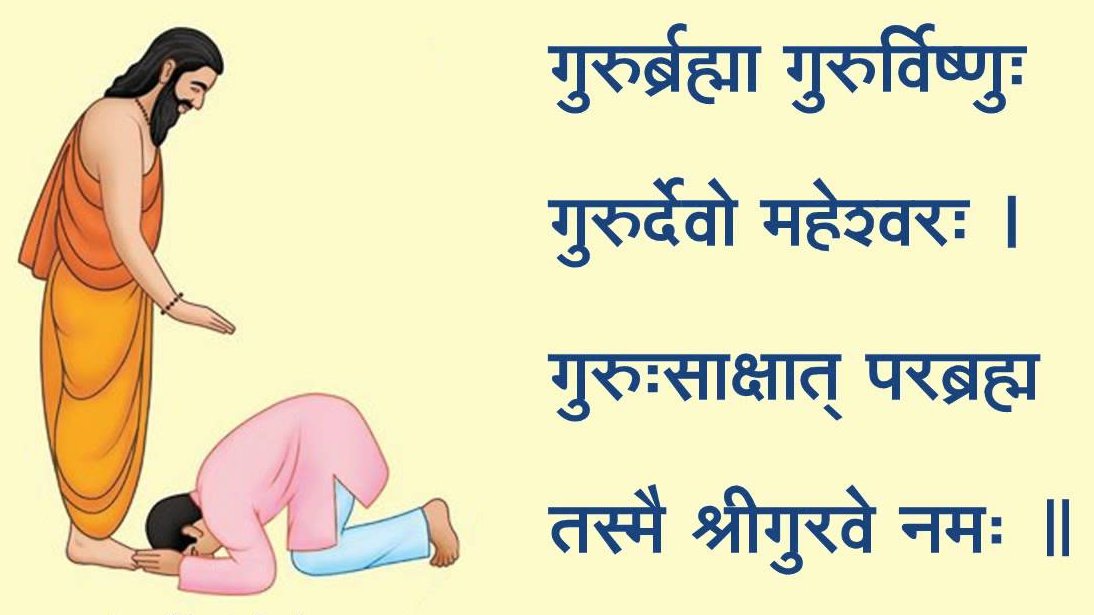
sustains like Vishnu & finally leads to merger with the Supreme like Shiva. Though parents give birth to the body, Guru gives Dīkṣā Janma i.e. new life ..
Thus, He is Brahma
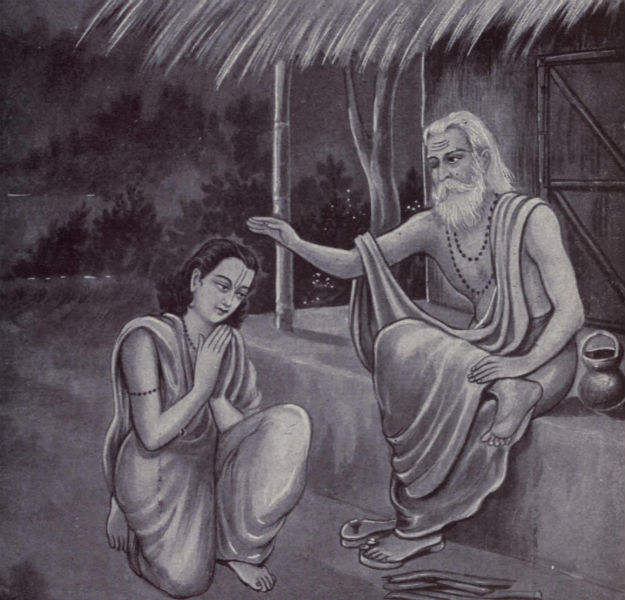
sustains this knowledge in the disciple, protects in this mundane life and preserves disciple’s spiritual practices.
Hence, He is Vishnu.

knowledge about Brahman finally merging the soul in divine.
So, He is Shiva/Maheswara.
Thus, Guru is the embodiment of Brahma, Vishnu
and Maheswara.
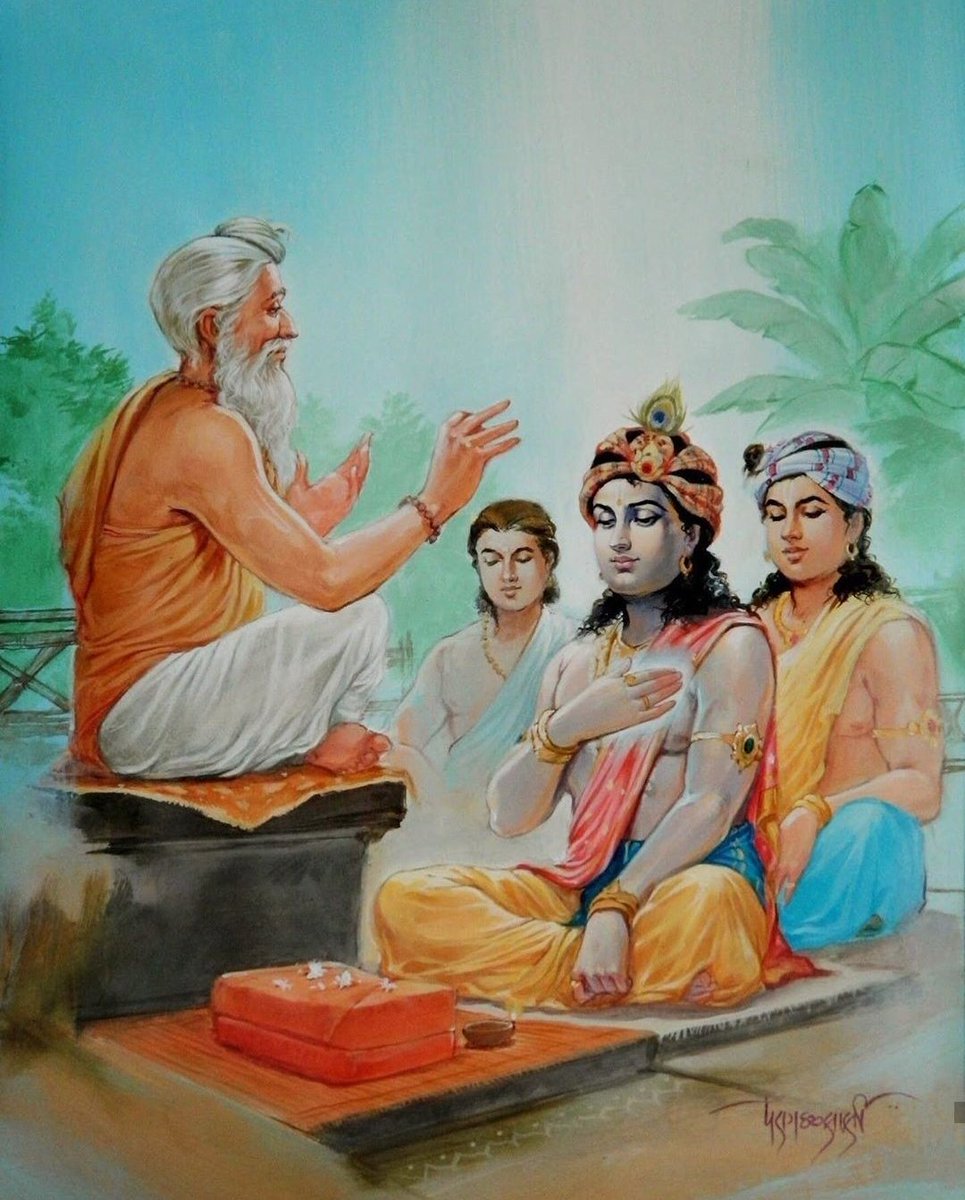
If this sloka is recited with utmost devotion and complete concentration, one shall certainly obtain everything here and hereafter.
-- @SriSamavedam

